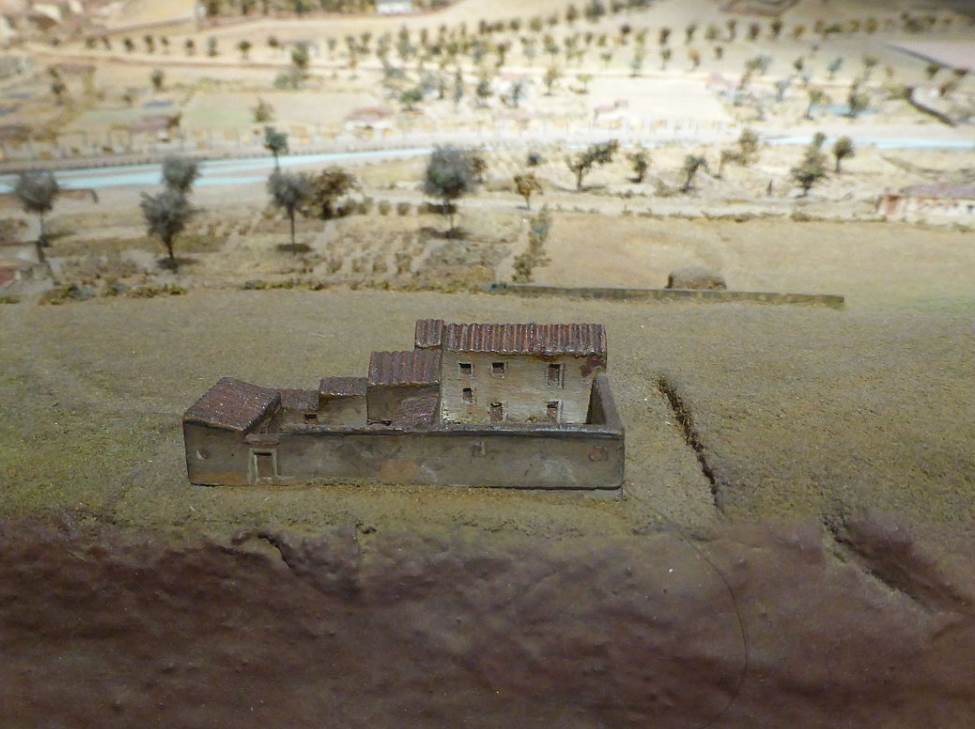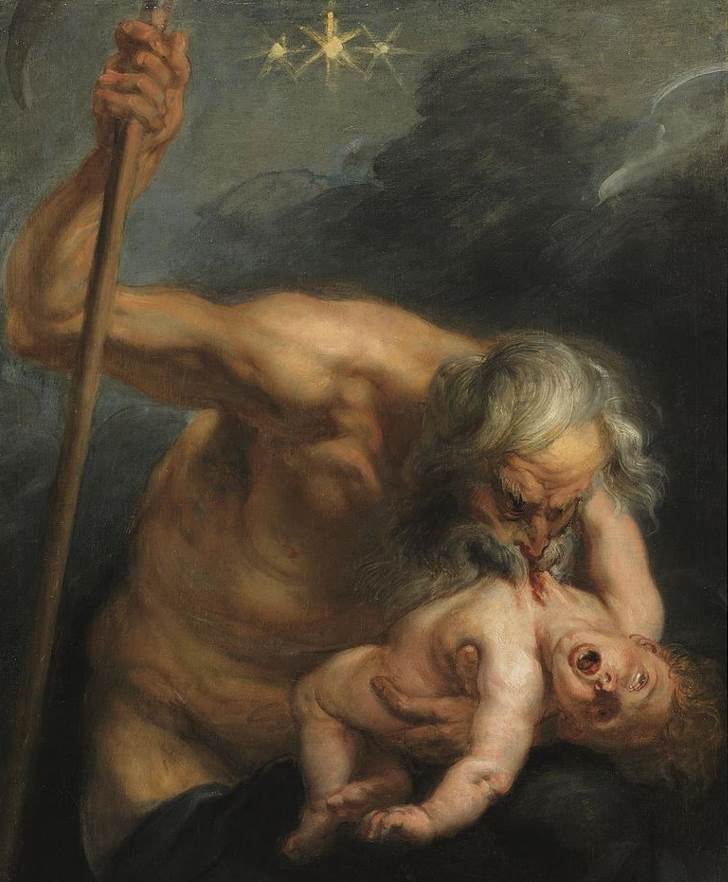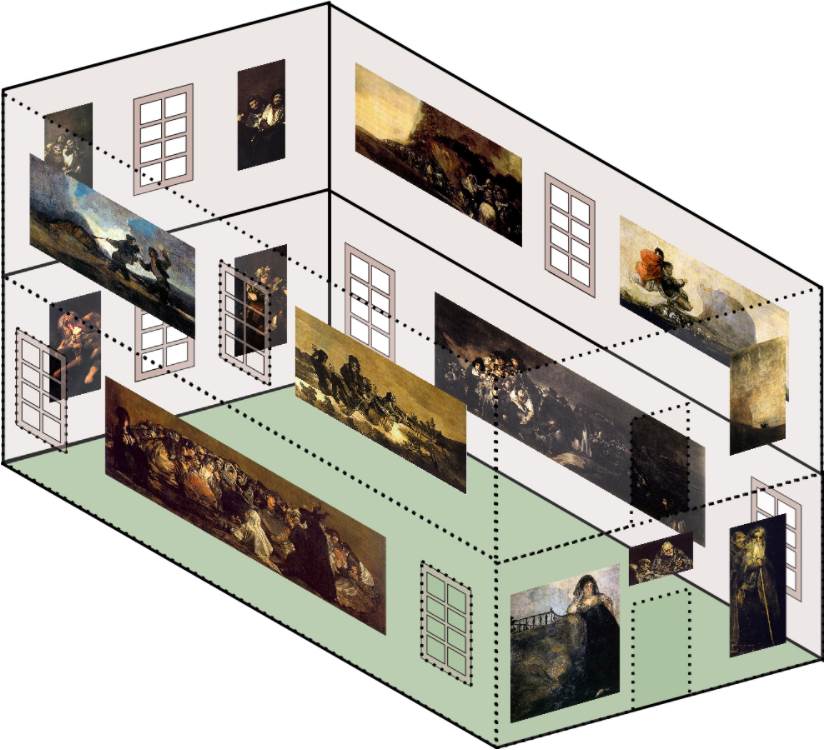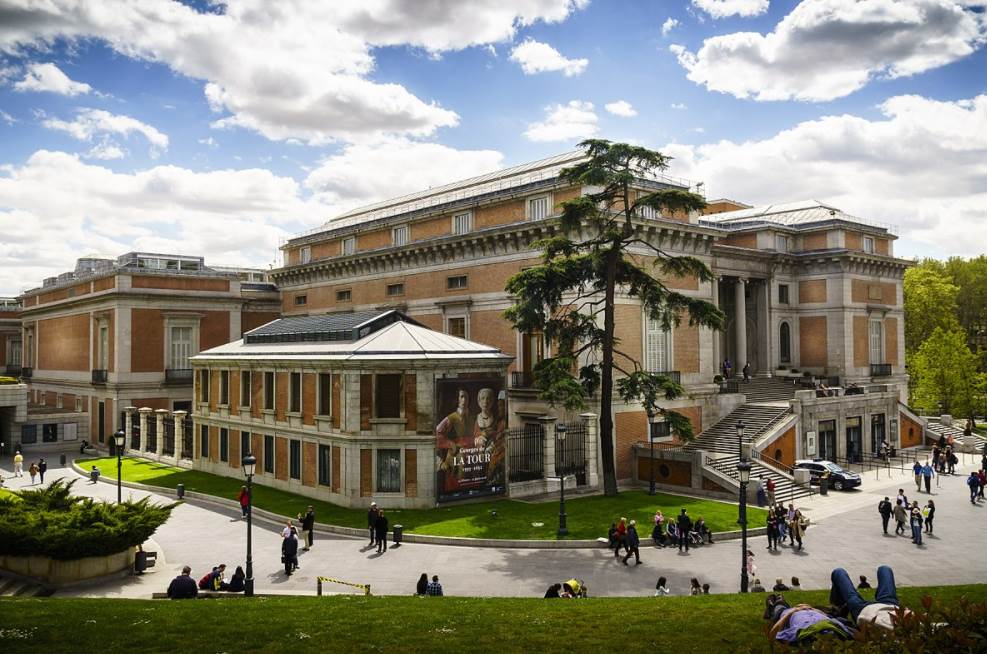The life of Francisco Goya (1746-1848), one of the most renowned Romantic artists in history, took a drastic turn for the worse in the early 1790s.
A mysterious illness left him completely deaf, a condition that had a serious impact on his state of mind. Then Napoleon invaded the Iberian Peninsula in 1807 and he probably witnessed numerous atrocities in Madrid.
The paintings that the Spanish artist produced during the final decades of his life reflect the sense of despair he felt.
In this article, we’ll take a closer look at some of the most interesting facts about Saturn Devouring his Son by Francisco Goya, one of the most peculiar paintings in the artist’s oeuvre.
1. It was painted during the final decade of the artist’s life
Saturn Devouring His Son is one of the 14 dark paintings that Francisco Goya produced during the final decade of his life. It was painted somewhere between 1819 and 1823 (the exact date remains unknown).
This was a time in which he remained extremely private so so there is very little documentation about this period of his life. He was already in his early 70s and his health was deteriorating.
It’s clear that his state of mind was one of fear about his mortality, and fear about the fate of his country Spain because of the continuous turmoil.

2. It once decorated Goya’s house called the “Villa of the Deaf One”
Goya didn’t stay in Spain because he retired in the French city of Bordeaux in 1824, just 4 years before he passed away. He was accompanied by his much younger maid, a woman named Leocadia Zorrilla (1788-1856).
While he painted his so-called “dark paintings” he was living in a house that he had purchased called the “Quinta del Sordo.” This translates to “Villa of the Deaf one.”
One would expect that this is a reference to Goya himself but that’s not the case. The house was already referred to as such because the deaf Goya bought it from another deaf man who lived here before him.
Goya painted these 14 gloomy artworks on the walls of his country house in Carabanchel. This is along the bank of the Manzanares River and is now a district in the southern outskirts of the city of Madrid.

3. The painting depicts a story derived from a Greek myth
The 14 black paintings on the walls of his Quinta del Sordo can be described as haunting images of various subjects. Saturn Devouring His Son is a straight-up terrifying image that somehow reflects the state of mind of the artist at the time.
It depicts the leader of the Titans named Cronus. This Greek myth has been changed to Saturn as this is how the god was named in Roman mythology.
The Roman myth (which was derived from the original Greek myth) describes how Cronus was so afraid that one of his sons would overthrow him in the future that he devoured them as soon as they were born.
He had good reason to fear that. It was not only foretold by an oracle but he also overthrew his father Caelus himself before. The painting depicts the moment that Saturn feasts on one of his newborn sons.
The story ends badly for Saturn because his wife Ops fed him a stone instead of his 6th son Jupiter. Just as predicted, he was eventually overthrown by Jupiter.

4. The dark paintings weren’t the first that decorated the walls
At the time that Goya purchased the house, it only featured 2 large rooms on 2 floors. Each of these measured 9 by 4.5 meters (29.52 x 14.76 feet) and was already decorated with murals featuring rural subjects.
Goya added a wing to the kitchen and started overpainting these original murals. What’s remarkable is that he integrated some of the landscapes of the original images into his works. The painting “Fight with Cudgels” is the best example of this.
He left the house to his grandson Mariano upon his death and his successors greatly expanded the mansion. It was eventually demolished in 1909, a time that the city of Madrid had already expanded to this area.

5. Goya might have been inspired by a similar work of a Flemish artist
Goya’s version of the Greek myth is one of the most frightening ones, but it wasn’t the first in the history of art. One of these was part of the Spanish Royal collection and might have served as the inspiration for the artist.
Saturn Devouring His Son (1636) by Peter Paul Rubens (1577-1640) is a Baroque painting of the same subject. The style of the painting by the Flemish artist and that of Goya is clear.
Regardless of this notion, the more realistic approach of Rubens’ painting is equally frightening, if not more. This painting was commissioned by King Philip IV of Spain to decorate his former hunting lodge called the “Torre de la Parada.”
The stars above represent the planet Saturn which had only recently been described by Italian astronomer Galileo Galilei (1564-1642) back then. The two additional stars were the ring around Saturn, something telescopes back then couldn’t observe yet.

6. The paintings were only transferred to canvas during the 1870s
The 14 black paintings produced by Goy between 1819 and 1823 decorated the walls of the Quinta del Sordo until the house was sold to a Belgian nobleman named Baron Emile d’Erlanger (1832-1911).
He purchased the house in 1874 and at the time, the murals had already faded significantly. He hired a Spanish art restorer named Salvador Martínez Cubells and commissioned him to transfer the paintings to canvas.
Chiseling away the plaster to transfer the works to canvas inevitably resulted in damage, but Saturn Devouring his Son remains largely intact as it appeared before the transfer.

7. How big is Saturn Devouring His Son by Francisco Goya?
Some of the murals inside Goya’s house were over 4 meters wide such as “A Pilgrimage to San Isidro” and “Witches’ Sabbath.” This means that they covered the entire 9.5 meter-long walls of the rooms which also featured two windows.
The smaller paintings decorated the sidewalls of the house, including Saturn Devouring his Son, which has dimensions of 143 × 81 centimeters (56 × 32 inches).

8. Where is the painting located today?
The paintings were transferred from the walls on the ground floor of the Quinta del Sordo to a canvas during the 1870s by the new owner of the house.
This Belgian was a rich banker who somehow managed to get the 14 black paintings to be displayed at the Exposition Universelle of 1878 in Paris. He donated them shortly after to the Spanish state.
Today, these incredible works of art in the oeuvre of this renowned Spanish artist can be admired in room 067 of Spain’s largest and most popular museum, the Prado Museum in Madrid.



